chilean baby witch. Trans rights enthusiast. Queer. Anything and everything, all of the time.
Last active 60 minutes ago
Don't wanna be here? Send us removal request.
Text
New Years Spell Jar
Manifest everything you want for the New Year!
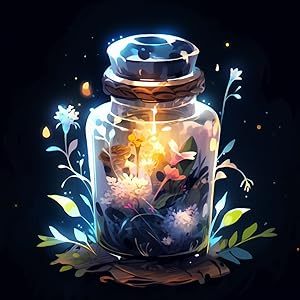
Gather all of your ingredients. You'll need an empty jar & an incense. I prefer Sandalwood for protection.
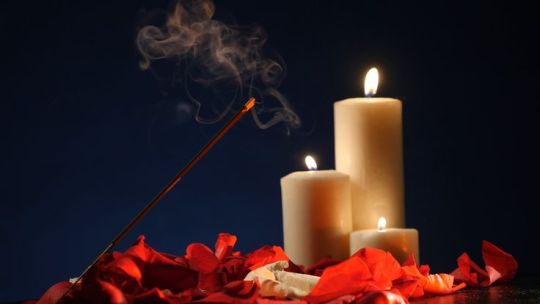
A white candle to represent purity and protection.
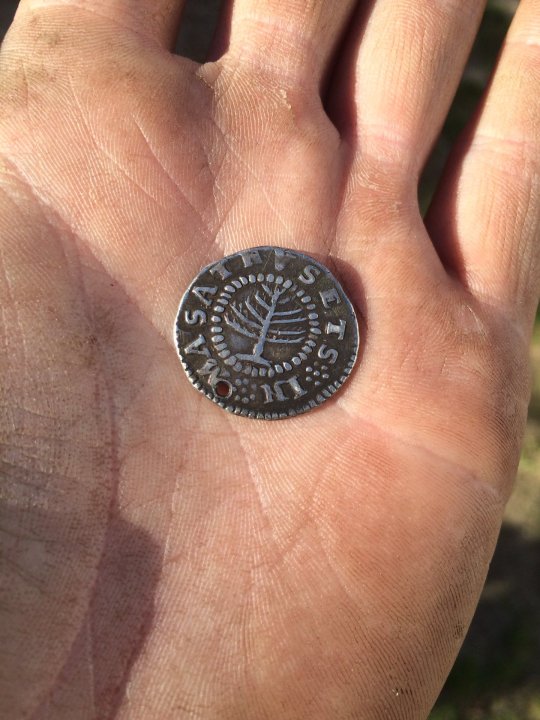
A coin to bring you luck and prosperity.
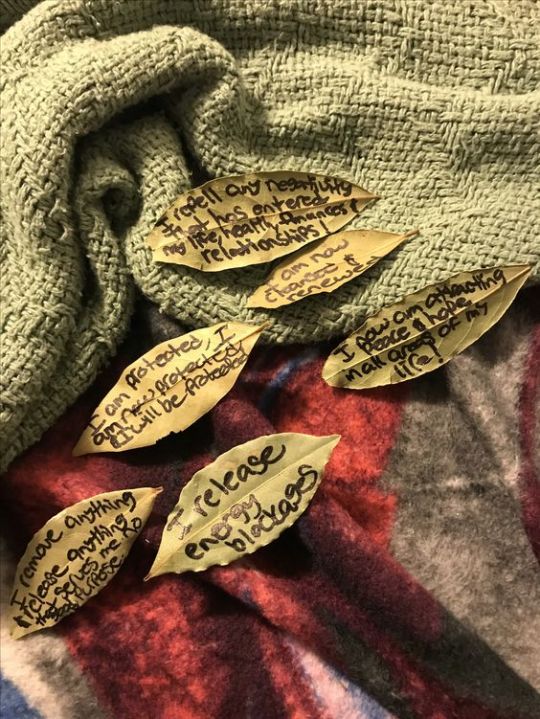
You can write wishes/intentions on a piece of paper or bay leaves. If it's multiple, burn them first in your cauldron then add the ashes to the jar.
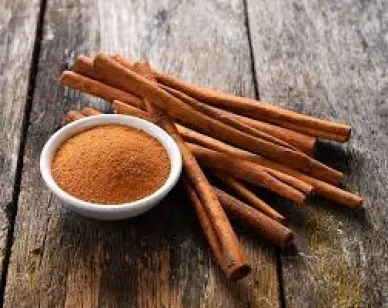
Cinnamon to draw in money and protection.

Depending on your intention, add salt. White is for purity and protection. Pink is for protection and relationships. Black is to banish negativity and protection.

Black pepper is for banishing negativity and protection from evil.
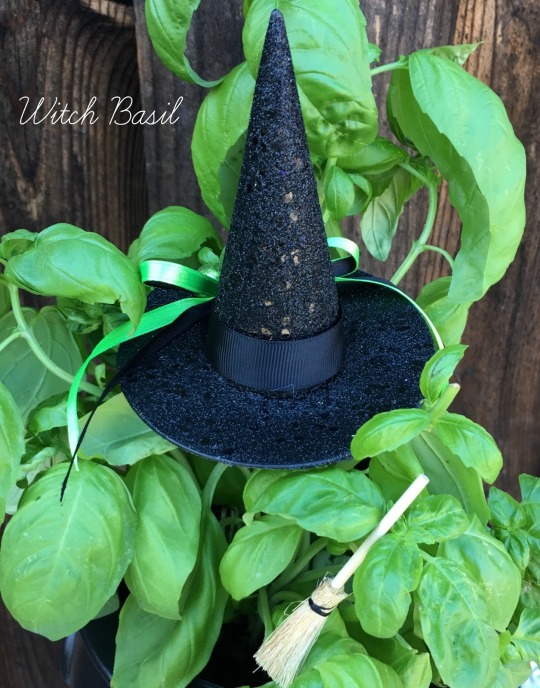
Basil is used for love, money, and protection. It will help you move forward in a positive manner despite perilous danger.
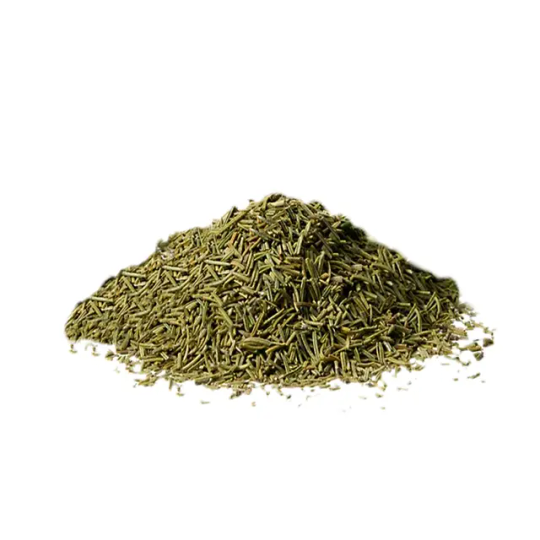
Rosemary can be used for good health, improve memory, and love/lust.

And lastly, lavender. Lavenders magical uses include love, protection, healing, sleep and peace.
Cleanse yourself and utensils. Don't forget the jar too. Use the incense smoke. Layer your ingredients into the jar thinking of and speaking your intention for each one out loud and imagining it as if it has already happened.
When you're done, put the top on and seal with the white candle wax. You can add twine and a charm to represent what you'd like for your new year.
I like to say a chant or prayer while I do this. A good one for this would be:
Blessed tidings of good cheer
as we see the end of another year
may the new year bring me joy
may the new year bring me hope
may the new year bring me peace
may the new year bring good health
and maybe a little wealth
with love and light ever after
please don't forget the laughter
with harm to none nor return unto me
as i will it so shall it be.
It all depends on your intention.
Here are a few other things you can add to your new years jar:
Egg shells - strength, rose - happiness, all spice - energy, mint - safety, thyme - courage, lemon balm - friendship, holly - protection, vervain - health, coves - luck and sage - cleansing. You can add anything that pertains to your intention/wishes.
Good luck witches and happy new year to all!
112 notes
·
View notes
Text
Aphrodite devotees and people who work with Her; I just started honoring her recently, and i'm very interested in incorporate Her into my practice, but I have a small altar issue: I lack space, and i haven't been able to buy a statue of Her to put on it, i'm unemployed so i don't know when i'll be able to afford one.
Can i still honor Her and practice with Her? Or is it the statue/image of Her a really Big issue?
2 notes
·
View notes
Text
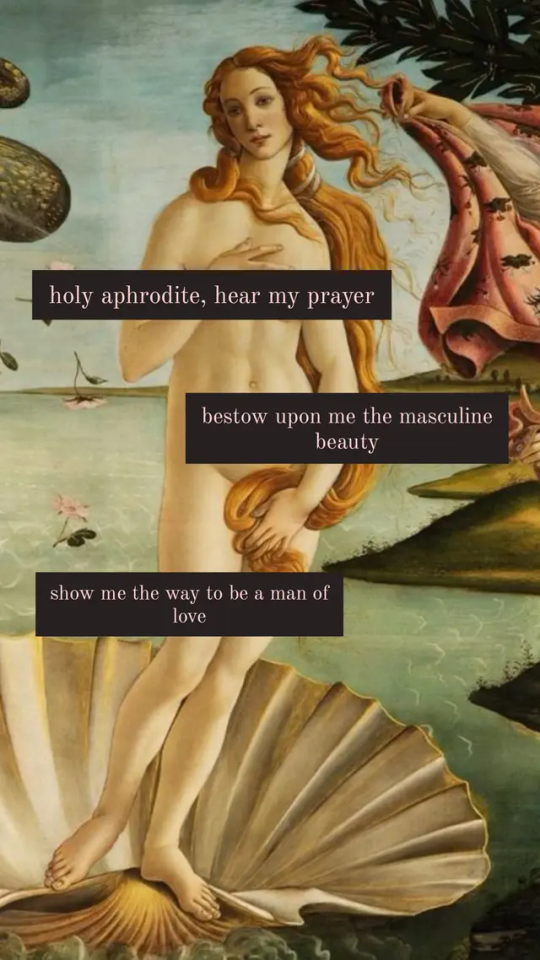
for any other sons of aphrodite in the forcemasc community ♡
316 notes
·
View notes
Text
Devotional Art and Art Magic!
Happy Friday!
Visual art is such an underutilised tool, especially by beginner and younger practitioners. I understand that we all start off excited by spell bags and witch bottles and potions, but as a queer person, so many of us express ourselves through our art and expression can be as big a part of spells as the ingredients (for me expression and intention go hand in hand).
Art has been used both in devotion and in blessings. Displaying art of house blessings was a means to bless the home permanently (Judaism), icons of saints were used as a form of veneration and in prayer (Catholic), and there are several articles and books that dive into art as prayer (mostly Christian).
Sigils + Vision Boards:
Sigils are a visual representation of intent and desire in spellwork and can be incorporated into art through large paintings, sewing patches onto your coat, buttons and badges, painted onto stones, vases, embroidery etc.
Like sigils, a collage can be used as a visual representation of your desire or intent - they can also be an art form of their own and be made as a form of devotional art.
Fashion:
Fashion and style witchcraft are about coordinating your look into your goals and intentions. Whether this is through charmed jewellery, symbols, sigils, colour associations or flagging. Queer aesthetics is a huge thing for identifying ourselves and the community, and as a queer witch I love charming my carabiner, wearing queer jewellery, and playing with gender.
The aesthetics of the DIY movement and the aesthetics of queer culture are almost interchangeable. The appeal comes from the look and the fuck-the-man attitude itself, but also from the connection of having handmade, community-focused things by your side. (Queering Your Craft)
Masks:
Masks can be a great way of incorporating sympathetic and symbolic magic into a larger ritual. Masks can be used to represent archetypes of characters or energies.
In worship of Dionysus, the communicants’ attempt to impersonate the deity by donning goatskins and by imbibing wine and wear a disguise or white linen mask to enable the leaders of the ceremony to make the god manifest. (Britannica)
Masks have been sued in mystery plays, comedia dell’arte, opera, Noh, Dance of the Red Tiger Devil - for both sacred and entertainment productions.
Creating Queer Devotional Art
To protect/enchant the hearts and voices of activists - This spell is meant to protect our hearts and souls, but can be used to honour our queer cultural ancestors, friends, and adapted for honouring deities.
You need:
Art/collage/craft supplies - paint, markers, papers, canvas, glue, magazines, poetry, pens, embroidery, quilting squares etc.
An idea or image you want to create
A white candle
Inspiration:
Devotional art
Jewish Paper Cutting
NAMES project
Queer zines
Protest signs
Trans/Queer Protest Chants
To perform this spell:
Anoint, pray, bless, carve a sigil into etc. The candle and light it - candles often represent the soul so here we’ll let it burn until it naturally extinguishes if safe to do so (a mall candle may be better)
Start creating your image, add in aspects of queer resistance, joy, history, pain, the messages of your own activism. A symbols, symbolism, images of famous activists, sigils, poetry - whatever speaks to you.
If desired, pray, or bless or say an incantation as you finish the piece
Place this art somewhere visible in your house - this spell can also maybe used to make a good sign or banner at protests - optionally turn into a zine, carry around devotional art and art magic in a little notebook or specific sketchbook
This is a very low stakes type of protection. People have been making talismans and hanging up protective decor for centuries. From gargoyles to garlic wreaths to decorative home blessings. This is just a modern adaptation to this world-wide tradition, with a queer and activist focused twist xx




31 notes
·
View notes
Text
Pros and Cons of Having an Altar
Disclaimer: this post is based on my opinion, and should be taken with a grain of salt.
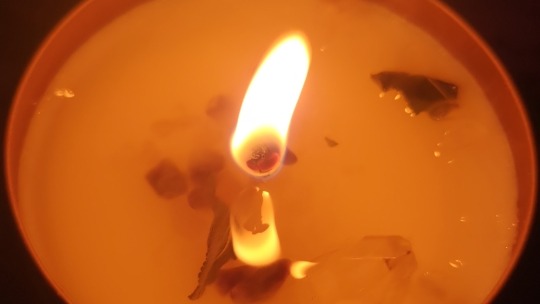
When I first started my path in paganism, I was taught that altars were 100% needed. For some, altars may be a comforting aspect of their practice, something to keep motivation, or even a way to show devotion. In reality, altars can be anything you want them to be.
For me, though, no matter what I tried, altars just weren't something I could keep up with.
This was something I didn't realize until now, and I needed the help of a deity to tell me (thank you, Athena!). Noticing the pattern of the love-hate relationship I had with altars was hard. When I finally saw, though, getting rid of my altar was a huge weight lifted off my shoulders.
This is not to say that altars are not good, or not helpful. They can be anything for anyone. So, instead of telling you how altars are big, bad, evil places, these are my pros and cons to having one.
Pros (for me)
Showing devotion to a deity/multiple deities.
Having a reminder of your practice around.
Motivation for continuing your practice.
Having a space to keep your things.
Having a space to go to for prayer, deity work, spell work, etc.
Cons (for me)
Can be difficult to upkeep.
Pressure to do more/be at the altar more
Can be draining of energy
Might cause burnout
Time consuming to build, keep, etc
There are many more reasons as to why you should and shouldn't keep an altar, and ultimately, the decision is up to you. If you want to have an altar, but you don't think you can keep one, here are a few different ideas!
Devotional journals to deities
Book of shadows
Minecraft altar
Draw/paint an altar
Dedicate an item to your practice and use it
Use jewelry/clothing to create an altar (color magick, crystals, etc). This one is sort of like a bring-the-altar-wherever thing.
Imagine your altar in your head/Meditate
Music altar (playlists on spotify, YouTube, etc)
Pinterest board altar
Use a candle as your altar space; light it wherever you're doing work, praying, etc
Remember: your practice is yours. No one else can tell you what to do inside of it. Altar or no altar, deity or no deity, glamor magick or crystal magick, green witch or divination witch– all of these are what you get to decide for yourself. Don't let other people define you!
~ Sun/Jordan
88 notes
·
View notes
Text
DETAILED DEITY MESSAGE TAROT SPREAD
By Jagoda

CARD EXPLANATIONS
⤵️⤵️⬇️⬇️⬇️
Cards 1,2 and 3: major message about the present life
Cards 4 and 5: message regarding your work with them
Card 6: what to change when you work with them
Card 7: what to focus on regarding spirituality
Card 8: message on specific life situation
Card 9: what to work on more
Card 10: message about near future
78 notes
·
View notes
Text
Deity Worship Tarot Spread !

Hi all! This a tarot spread I recently designed to connect more to my deities! This guide is designed for those who have already identified the deity/deities they’re working with but are a little lost regarding their personal interpretation of the deity or how they wish to worship them. This spread is designed to be used with one god or spirit at a time. If you wish to use less cards, feel free to remove cards 3 and 6 for a six card reading.
Card 1: What area of my life will you be present in?
Most gods have multiple domains that they rule over. Will Apollo help you with arts or healing? Will Diana help you with empowerment or animal care?
Cards 2-4: What cards do you feel drawn to (connections to meanings or illustrations)?
How does your deity view themselves? How do they wish to present themselves to you? For example, there’s a difference between how the Romans and the Greeks perceived the same gods.
Cards 5-7: How can I best connect with you? What offerings/acts can I give/fulfil to strengthen our relationship or show my commitment?
Pretty self-explanatory here; you’re asking what your deity asks of you. Sometimes they might say nothing and leave the decision to you, but other times, they may ask you to do something specific (maybe Proserpina might ask you to purchase a new house plant!).
Card 8: How do you personally feel about my want to work with you?
Just because you want to work with a deity, doesn’t mean they’re always on board. Maybe they’re hesitant, maybe they think you’re a bad match, or maybe they’re delighted! It’s important to establish a baseline. Your deity being unsure doesn’t mean you have to abandon hope—all relationships take work.

Here’s what my first time using the template looked like! I did a tarot reading with accompanying oils and crystals, praying and communicating with a particular deity… I wonder if you can guess who it was based on the cards? 👀
186 notes
·
View notes
Text

Self Love Questions to ask your tarot cards ~
9 notes
·
View notes
Text

found this, sadly without credit to the creator, but it's so good i wanted to spread it
11 notes
·
View notes
Text
Self-Love Tarot Spread



For more tarot spreads and tarot resources join CLUB ESO today!! CLUB ESO is an 18+ esoteric community where we can safely and comfortably discuss all spiritual and occult topics. ALL LEVELS are Welcome!! All spiritual and occult topics are welcome in CLUB ESO. Feel free to share, start discussions, and ask questions. Let's learn and expand our consciousness together!
Reddit: r/ClubEso
Discord Link: https://discord.gg/eMbAeftHVv

Topics We Cover in CLUB ESO:
Aliens & UFOs
All Divination
Art, Symbols, and Sigils
Astrology
Astral Projection
Celebrations & Holidays
Chakras
Colors & Auras
Conspiracy Theories
Crafts
Crystals
Deities, Entities, Angels, Ancestors, and Demons
Destiny Matrix
Dreams
Health & Wellness
Herbalism, Plants, and Gardening
Human Design
Kemeticism
Magick & Spells
Manifestation
Meditation
Menstruation
Mental Health
Music
Nature & Omens
Numerology
Occult Books, Videos, Podcasts, and other Resources
Paranormal
Pets & Familiars
Philosophy
Psychedelics
Psychic Clairs
Psychology
Reincarnation
Reiki
Religion
Religious Trauma
Sacred Geometry & Spiritual Sciences
Shadow & Light Work
Spiritual & Occult Memes
Spiritual Tools
Spirituality
Starseeds & Lightworkers
Tantric & Sex Magick
Tarot & Oracle Cards
The Matrix
The Occult
TV Shows & Movies
Writing & Poetry
...AND MORE!
33 notes
·
View notes
Text

Whispers of The Ancestors Tarot Spread ~
11 notes
·
View notes
Text
Tarot Spreads








57 notes
·
View notes
Text








⋆。 ゚☁︎。 ⋆。 ゚☾ ゚。 ⋆ A few of my PERSONAL correspondences when doing magic and weekly tasks according to the planetary associations with the days of the week ⋆。 ゚☁︎。 ⋆。 ゚☾ ゚。 ⋆
32 notes
·
View notes
Text
PLANETARY MAGICK

SUN
Zodiac: Leo
Metal: gold
Day: Sunday
Colours: orange, yellow, and amber
Stones: amber, topaz, ruby, and diamond
Tarot: The Sun
Herbs: angelica, poppy, sunflower, marigold, hibiscus, and mistletoe
Symbols: lion, hexagram, sparrow hawk, dragon, head, heart, and swan
Influences: renown, potency, fortune, tyranny, pride, ambition, masculinity, arrogance, bigotry, vitality, and health

MOON
Zodiac: Cancer
Metal: sliver
Day: Monday
Colours: blue and sliver
Stones: moonstone and pearl
Tarot: The High Priestess and The Chariot
Herbs: eucalyptus, coconut, jasmine, lotus, myrrh, and sandalwood
Symbols: bow and arrow, crab, cat, turtle, Sphinx, and owl
Influences: gratitude, friendliness, safe, travel, physical health, wealth, protection for enemies, deception, illusion, women, emotions, healing, and dreams.

MERCURY
Zodiacs: Virgo and Gemini
Metal: aluminum and mercury
Day: Wednesday
Colours: violet, grey, purple, indigo, and yellow
Stones: opal and agate
Tarot: The Lovers
Herbs: hyssop, juniper, betony, carrot, and chickweed
Symbols: wand, octagram, and the mind
Influences: good fortune, gratitude, gain, memory, understanding, divination, dreams, forgetfulness, communication, business, cleverness, creativity, information, intellect, memory, perception, science, wisdom, gambling, writing, root of dishonesty, and deception

VENUS
Zodiacs: Taurus and Libra
Metal: copper
Day: Friday
Colours: green and pink
Stones: turquoise, emerald, sapphire, and jade
Tarot: The Empress
Herbs: jimsonweed, violet, rose, alder, apple, angelica, olive, and sesame
Symbols: sparrow, dove, swan, and pentagram
Influences: peace, agreements, cooperation, fertility, joy, love, good fortune, jealousy, strife, and promiscuity

MARS
Zodiacs: Aries and Scorpio
Metal: iron, red brass, and steel
Day: Tuesday
Colour: red
Stones: ruby, garnet, bloodstone, and diamond
Tarot: The Tower
Herbs: ginger and mustard
Symbols: sword, pentagram, horse, bear, wolf, and vulture
Influences: war, victory, judgements, submission of enemies, bleeding, stripping one of rank, harness, discord, conflict, aggression, lust, power, courage, goals, protection, motivation, ambition, and strength

JUPITER
Zodiacs: Pisces and Sagittarius
Metal: tin
Day: Thursday
Colour: blue
Stone: sapphire
Tarot: The Wheel of Fortune
Herbs: balm, hyssop, maple leaf and bark, oak, sage, and dandelion root
Symbols: eagle and dolphin
Influences: gains, riches, favour, peace, cooperation, appeasing enemies, and dissolving

SATURN
Zodiac: Capricorn
Metal: lead
Day: Saturday
Colour: black
Stone: onyx
Tarot: The World
Herbs: alder, apple, ash, asparagus, baneberry, belladonna, distort, hellebore, blackthorn, corm, and cypress
Symbols: cuttlefish and mole
Influences: safety, power, success, positive response to requests, intellect, causes discord, strips honour, and melancholy

URANUS
Zodiac: Aquarius
Day: Thursday
Colours: blue-green and electric blue
Stones: quartz, labradorite, blue topaz, amber, amethyst, garnet, and diamond
Tarot: The Fool
Herbs: clover, pokeweed, snowdrop, foxglove, love, rosemary, trees of heaven, hellebore, morning glory, sage, wintergreen, orchids, and sweet woodruff
Symbols: dragonfly and butterfly
Influences: breaking connection, sudden and unexpected change, freedom, originality, radical and revolutionary ideas, enlightenment, equality, individuality, rebellion, instability, loneliness, boredom, and mistrust of self

NEPTUNE
Zodiac: Pisces
Day: Friday
Minerals: coral, aquamarine, platinum, and neptunium
Colours: green, blue, and lavender
Tarot: The Hanged Man
Herbs: morning glory, night-blooming jasmine, pine, and water lily
Symbols: the sea, trident, and the spine
Influences: dissolving boundaries, expanding upon ideas, changing established rules, intuition, idealism, sacrifice, glamour, illusion, evolution, decay, visions, art, healing, inspiration, dreams, creativity, compassion, drifting from reality, carelessness, stubbornness, and absent mind

PLUTO
Zodiac: Scorpio
Metal: plutonium, tin chrome, and steel
Day: Tuesday
Colours: maroon, dark red, purple, white, and black
Stones: snowflake obsidian and clack tourmaline
Tarot: Judgement
Herbs: pomegranate, rosemary, vanilla, basil, poppies, belladonna, and foxglove
Symbols: phoenix, snake, scorpion, fox, and eagle
Influences: destruction making way for renewal, rebirth, knowledge, spirituality, transformation, destiny, the subconscious, desire, arrogance, death, obsession, and destruction
76 notes
·
View notes
Text
The Stele of Aphrodite : an Ancient Greek Love Charm ☆💗☆



Many love spells in the ancient world, particularly in the PGM are that of what are known as fetching charms, or binding spells: love spells targeting specific people. However, there are a number of more generalized love spells, ones with no particular target, such as the Stele of Aphrodite.
The Stele of Aphrodite is Greek Magical Papyri (PGM) spell number IV. 1265-74, and dates back to the late Hellenic period of ancient Greece. It was used primarily for love magic, specifically to invoke the favor and obsession of a desired individual, as well as for favor and success within friendship, popularity and beauty. The stele was believed to harness the power of Aphrodite, the goddess of love and beauty, to sway the emotions and actions of whoever sees you in favor of the practitioner.


Step by step instructions on how to create your own below ☆
Read the full article for free here
187 notes
·
View notes
Text

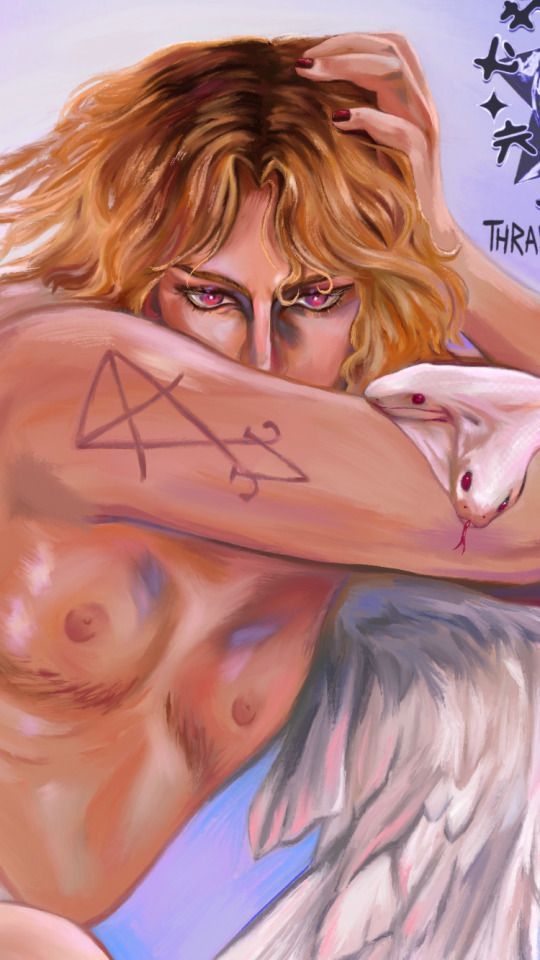

More trans Lucifer because it drives the terfs crazzy
I love him so much aaa 💕
u can see more of my art on Instagram @thrashkink_art !!!
Hail Venus! ✴️
608 notes
·
View notes
Text



More trans Lucifer because it drives the terfs crazzy
I love him so much aaa 💕
u can see more of my art on Instagram @thrashkink_art !!!
Hail Venus! ✴️
608 notes
·
View notes